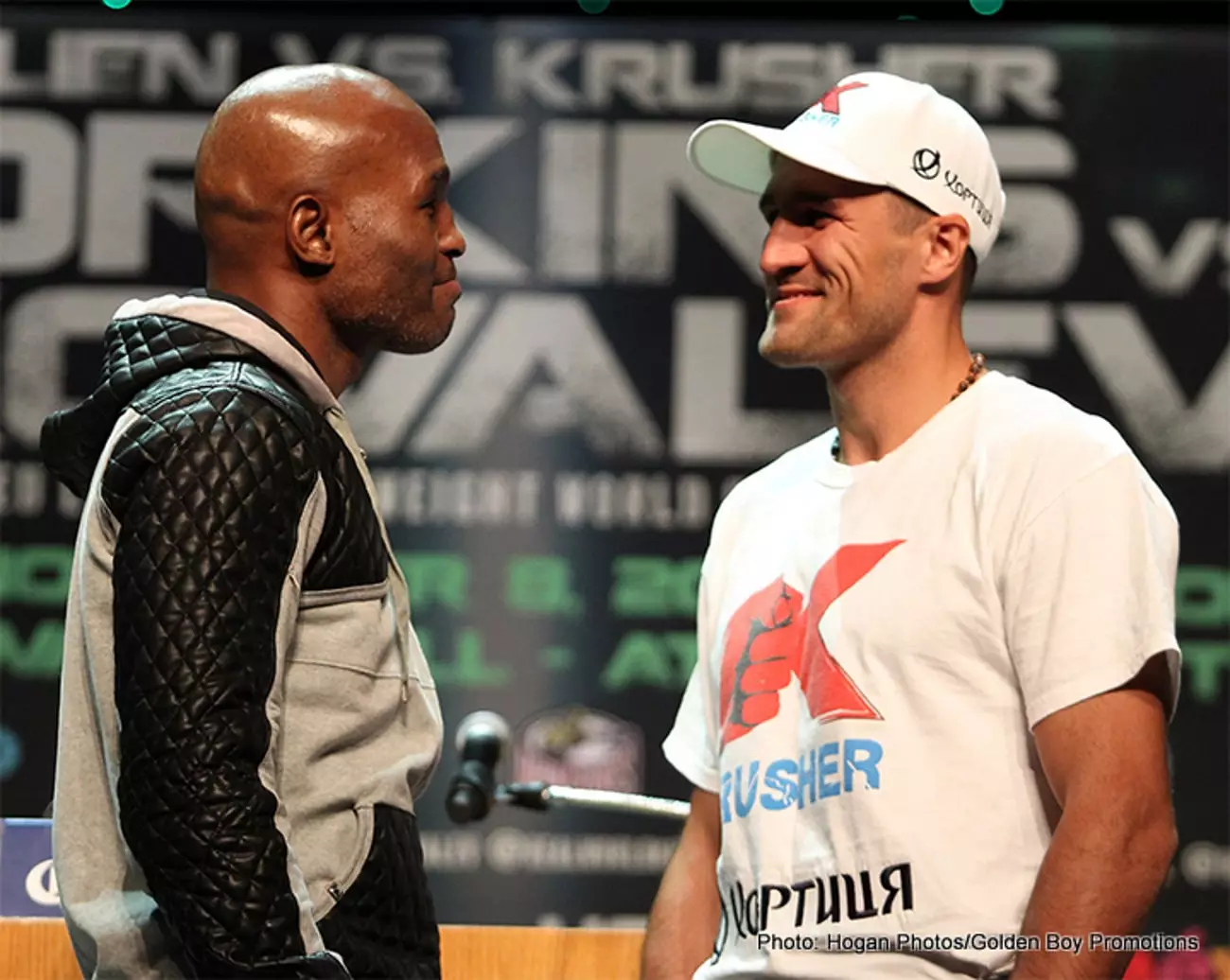The world of boxing is filled with unforgettable moments that redefine the limits of human endurance and skill. One such event occurred a decade ago, marking the anniversary of a notable clash between two contrasting figures in the sport: the ageless Bernard Hopkins and the younger powerhouse, Sergey Kovalev. This fight was notable not just for its participants but for the profound implications it had on the careers and legacies of both fighters.
At 49 years old, Bernard Hopkins was defying expectations and demonstrating an exceptional capacity to thrive against challengers who were typically younger and seemingly more formidable. Throughout his illustrious career, Hopkins had accumulated victories over prominent fighters such as Kelly Pavlik and Tavoris Cloud. By the time he faced Sergey Kovalev, “The Alien” held two significant light-heavyweight titles, showcasing his continued dominance within the sport despite his advancing age. Layered over the excitement of the match was a palpable concern for his safety, as Kovalev was an undefeated champion with an ominous reputation for delivering crushing knockouts.
Sergey Kovalev, known as “The Krusher”, epitomized raw power and aggression. His track record before this fight was impressive; he had systematically dismantled nine opponents consecutively, each time securing victories by way of knockout. The narrative heading into the match centered around the potential for disaster — could Hopkins, a fighter revered for his tactical acumen, overcome the brute force of Kovalev?
Their bout, branded as “Alien Vs. Krusher,” took place in the vibrant setting of Boardwalk Hall in Atlantic City. Fans entered the arena primed for excitement, expecting a violent encounter. However, what unfolded was strikingly different. Kovalev landed a right hook that sent Hopkins to the canvas in the first round, instantly shifting the momentum. From there, the match became more about survival than competitive engagement. Hopkins, renowned for his defensive prowess, became excessively cautious, limiting his own offensive output as he maneuvered around the ring to evade further damage.
Despite his tactical adjustments, there was a clear delineation of control in the fight. Kovalev’s dominance was palpable as he relentlessly pursued Hopkins, landing punches with precision while the veteran appeared to focus solely on staying upright and avoiding serious impact. To many, it was a sad sight to witness a champion of Hopkins’ stature forced into a position of retreat against someone so much younger, yet it also illustrated the harsh realities of physical decline in professional sports. The judges ultimately scored the bout heavily in favor of Kovalev, affirming his position as a three-belt champion and capping off a decisive victory.
While Kovalev’s victory was monumental for his career, it also raised questions about Hopkins’ decision to step into the ring against such fierce opposition at an advanced age. Having already solidified a legendary status through an impressive collection of wins, why did he opt for one more significant risk? Critics pointed to his enduring desire to conquer the odds, a trait that defined Hopkins’ approach to boxing. Yet, the concerns of fans were valid; the risk of significant injury loomed large over that fateful match.
Even with his loss, Hopkins’ legacy had long been established in the annals of boxing history. In fact, the fight against Kovalev would not mark the end of his career. Just over two years later, he faced Joe Smith Jr., where he experienced a knockout that notably sent him tumbling through the ropes, serving as a poignant reminder of the ever-encroaching limitations of age in an unforgiving sport.
Kovalev, in turn, continued to battle on even after losing titles, illustrating a similar resilience. Both fighters, in their own phases of life, have exemplified the struggles of athletes who extend their careers beyond traditional timelines. Their stories tell a broader tale of ambition, tenacity, and the desire to fight against the ever-ticking clock of time.
In retrospect, the fight ten years ago does not merely represent a singular event in boxing; it serves as a lens through which we can examine the dynamics of aging within competitive sports. Whether one views it as a reckless gamble or a testament to enduring spirit, it encapsulates the enduring drama that defines the sport of boxing itself.


Leave a Reply